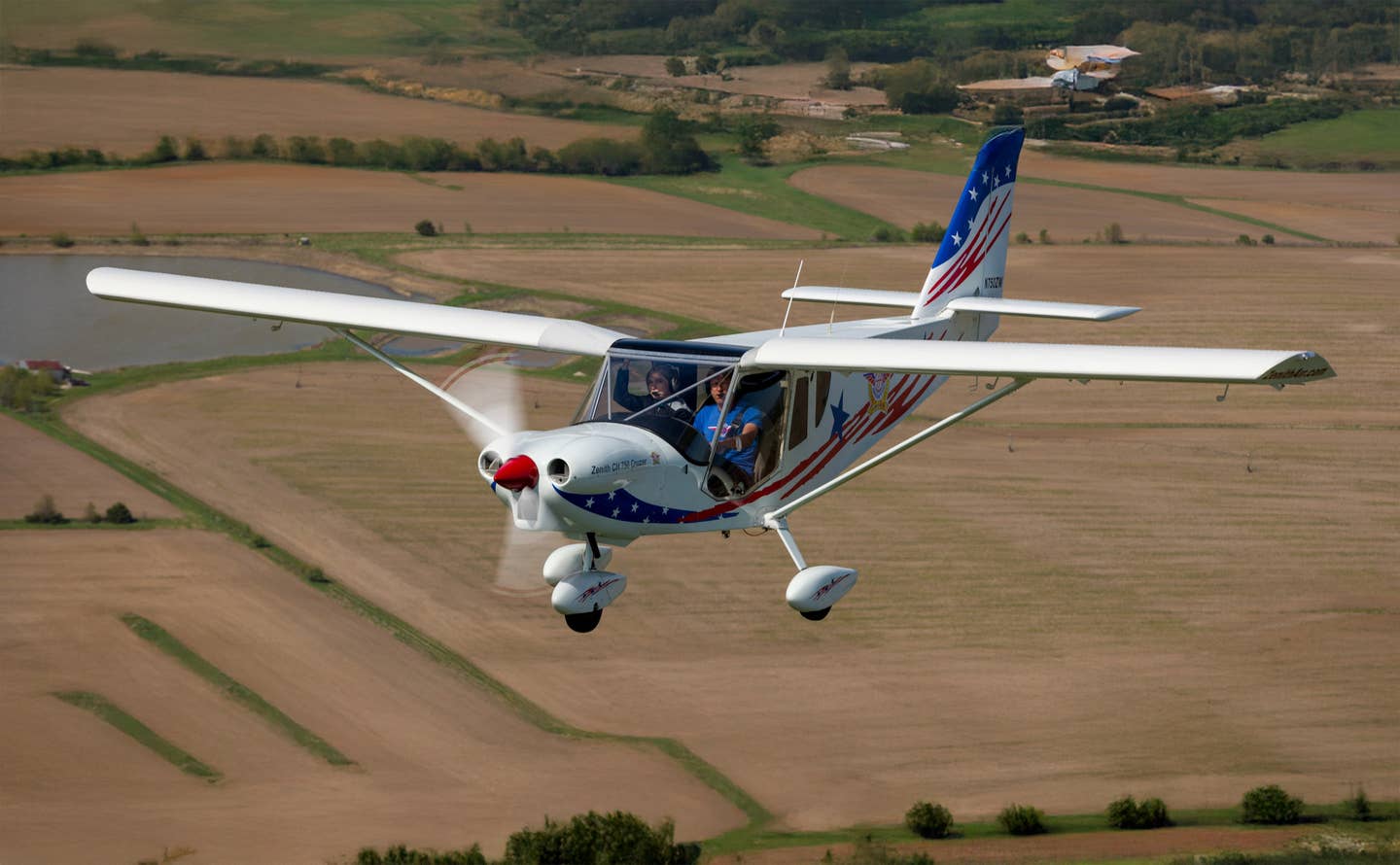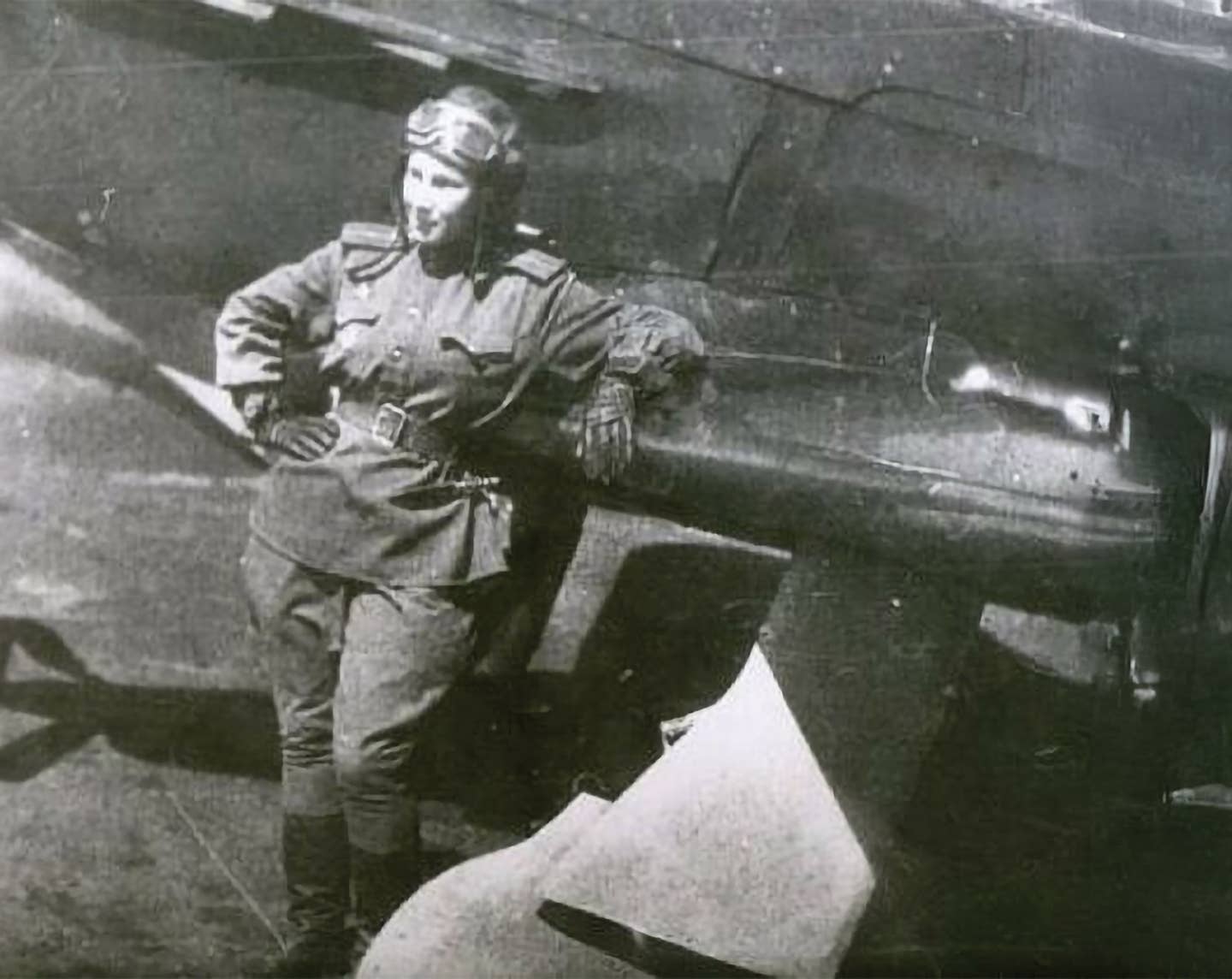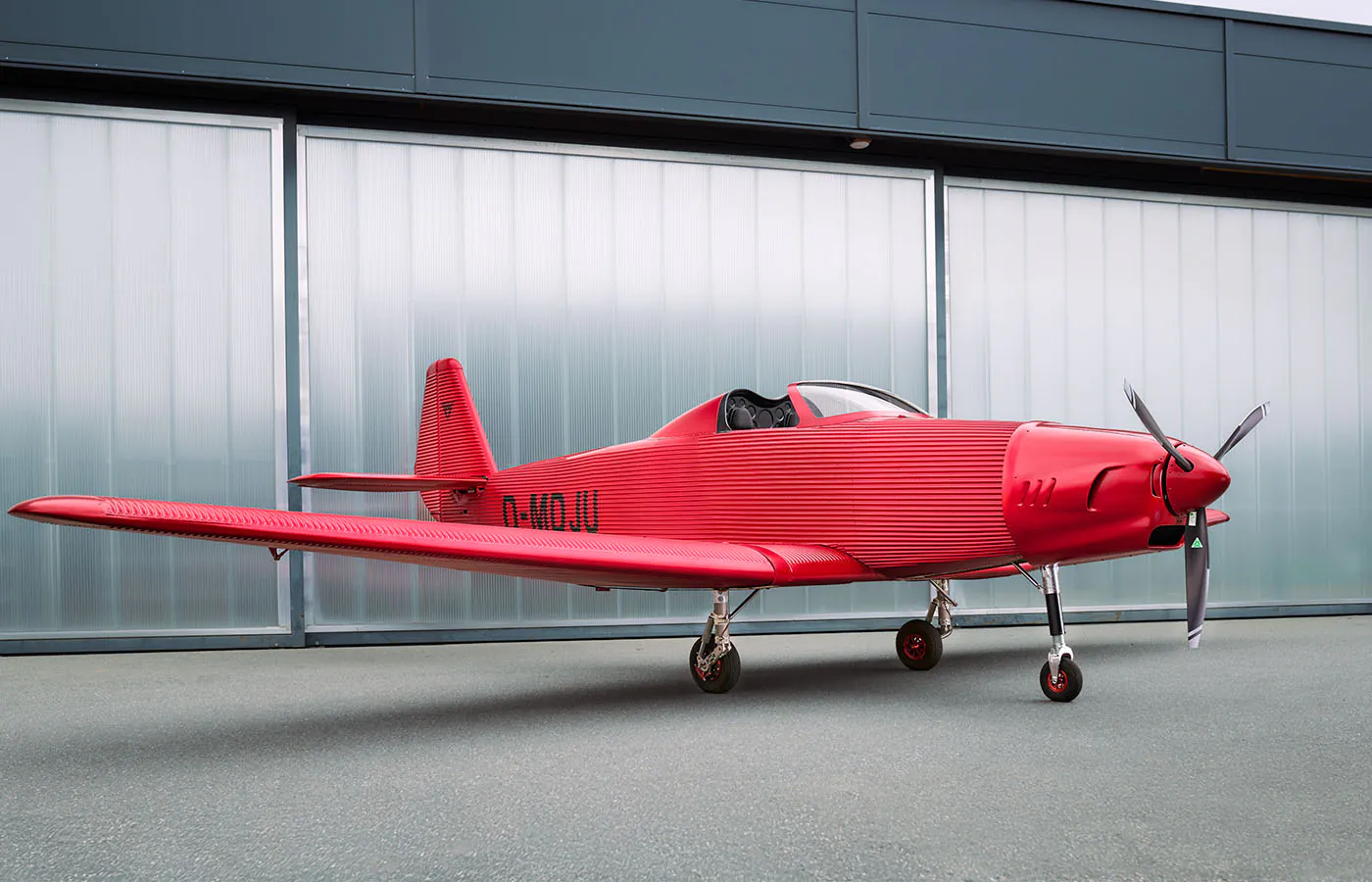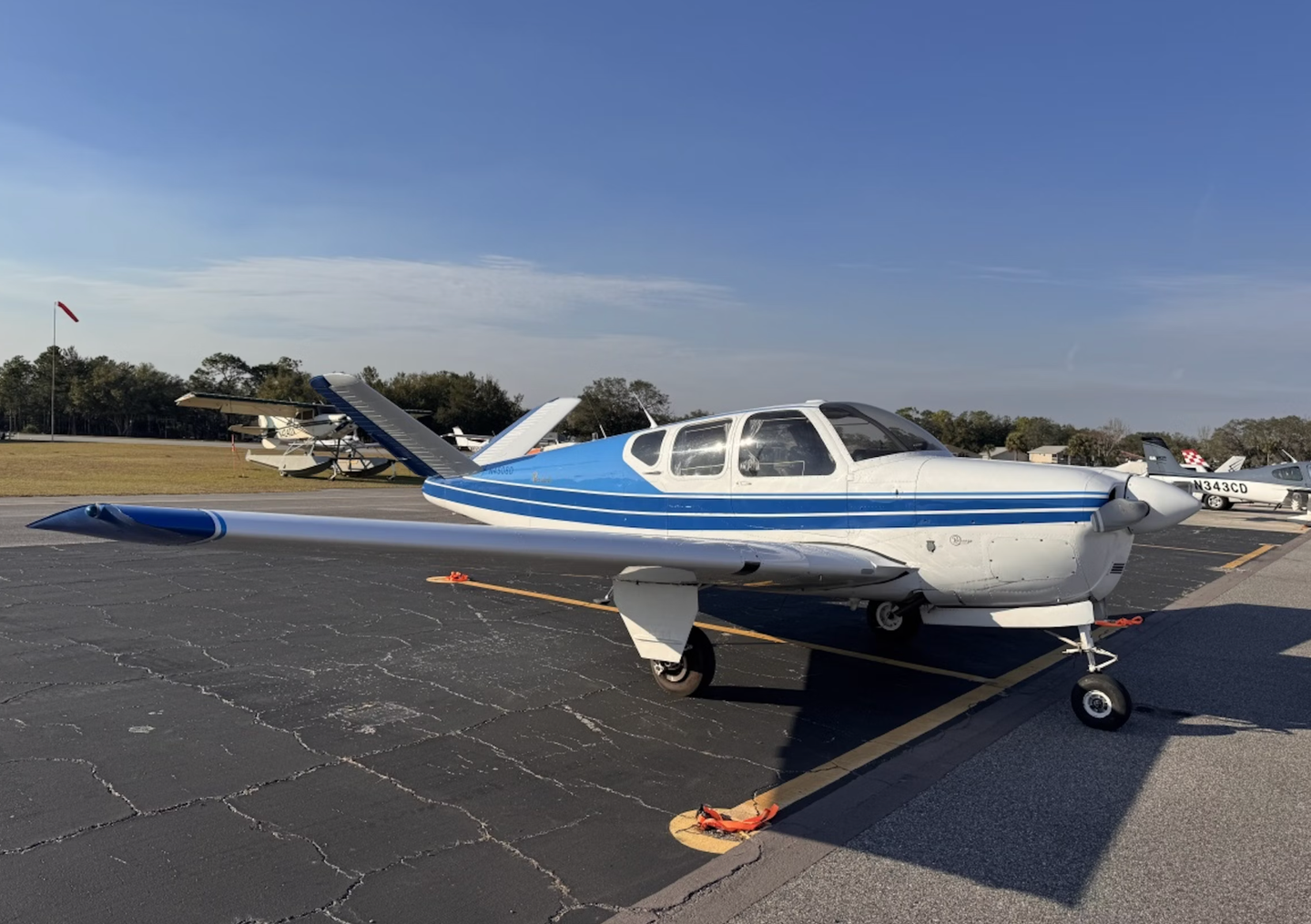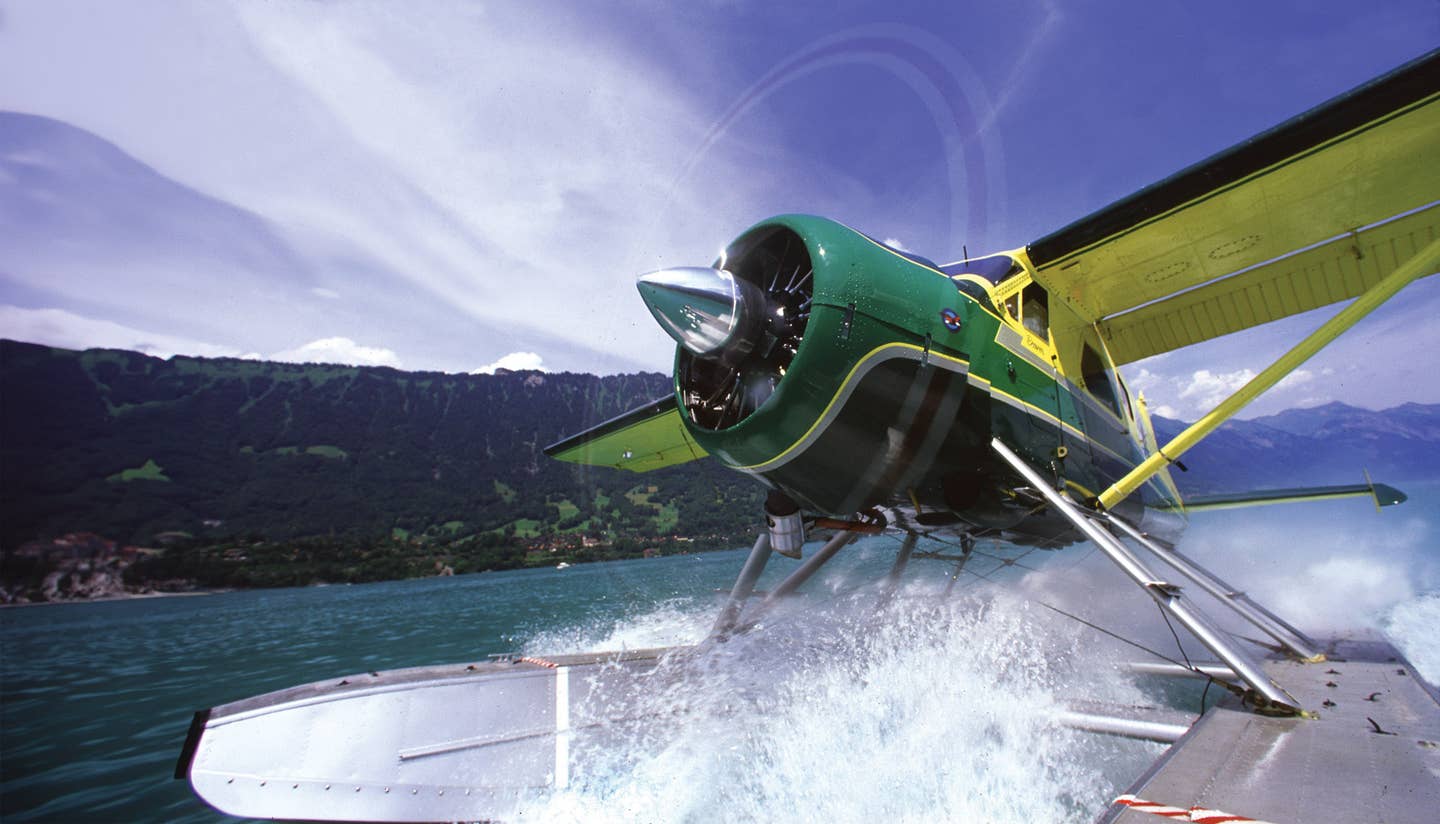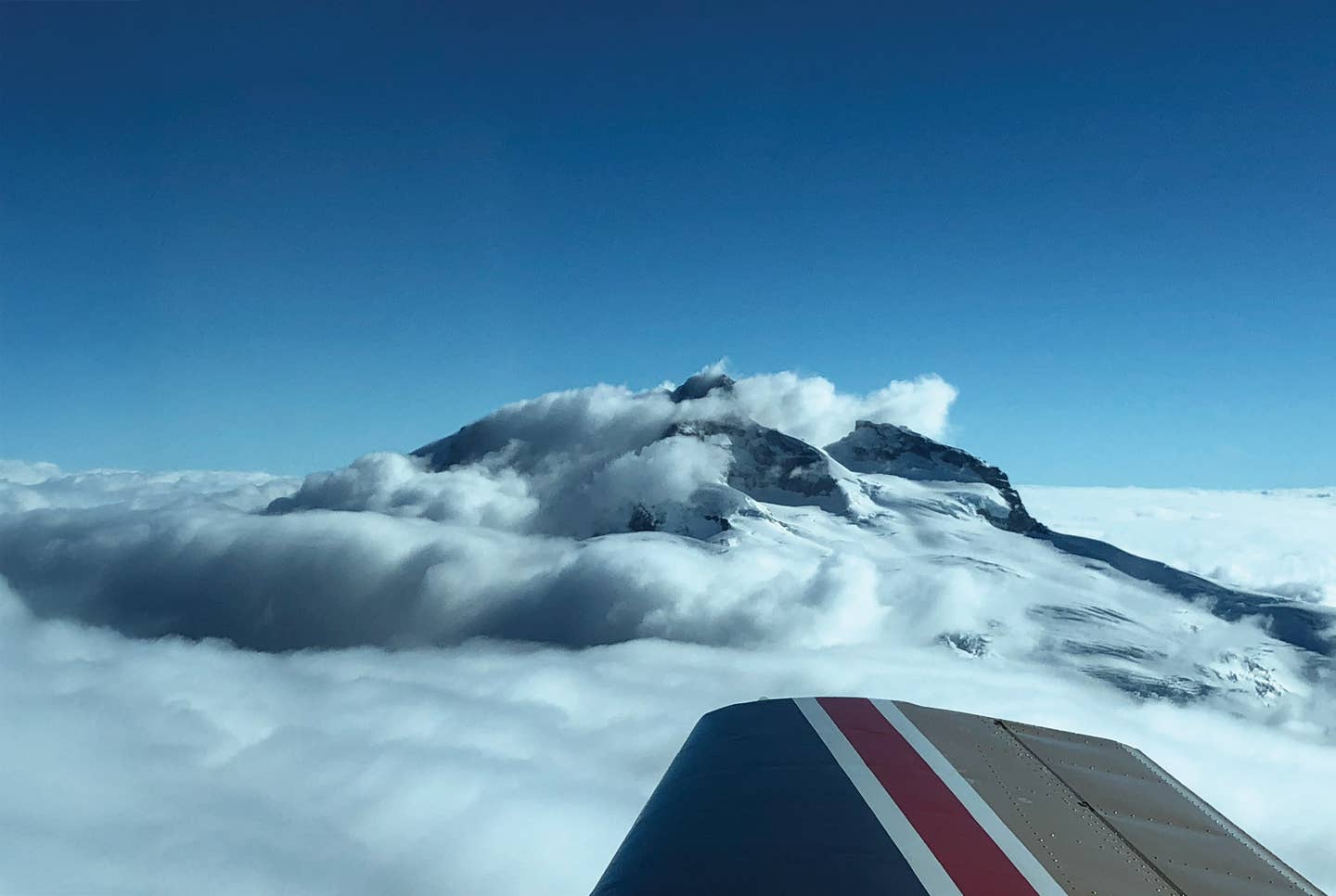To Tank Or Not To Tank
Is installing auxiliary tanks a good idea? It depends on your needs and plans for the airplane. How often do you make trips that stretch your available fuel supply, requiring…
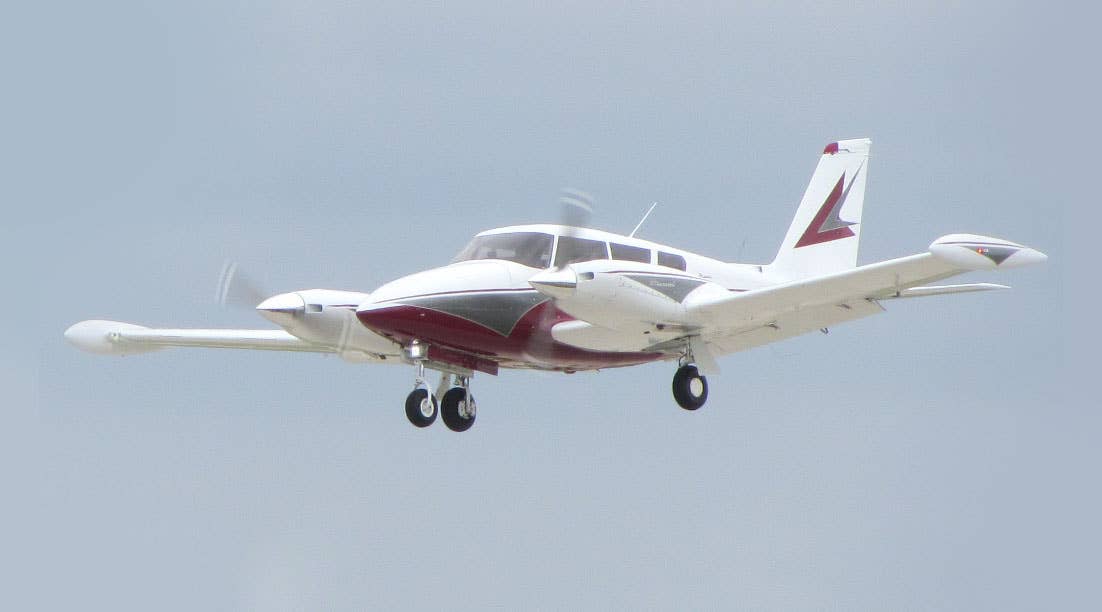
Add-on aux fuel tanks on some models are ubiquitous, as on this Piper Twin Comanche. Photo By FlugKerl2, CC BY-SA 3.0, Via Wikimedia Commons.
Is installing auxiliary tanks a good idea? It depends on your needs and plans for the airplane. How often do you make trips that stretch your available fuel supply, requiring an extra stop to complete the mission? If this occurs only a couple of times per year, you're probably better off leaving the plane as it is. Frequent cross-country jaunts, on the other hand, can justify adding tankage.
Will add-on fuel tanks increase the airplane's resale value? In the case of some short-legged designs that came from the factory with insufficient fuel supply, definitely. But if the stock fuel capacity is adequate for the great majority of potential buyers, not so much. In general, I always assume that spending money on improvements to your airplane gains only half the expense in immediate resale value. The rest should be recovered in the satisfaction of flying it for a few years.
No solution is free of consequences. Hauling an extra 40 gallons of gas around means your payload is cut by 240 pounds, unless the tank installation includes an extra gross weight allowance, which, in some cases, it does. And the system itself adds to the aircraft's empty weight. More weight means less performance, requiring a recalculation of the takeoff distance and time-to-climb charts. I knew of a tricked-out Cessna 340 that could legally carry only two people if all of its add-on tanks were topped off. In addition, the usable cruise altitudes, and the single-engine ceiling, were reduced as it struggled to climb with the extra load.
However, it's very comforting to know you've got plenty of gas to go the distance. IFR flying is predicated on being able to dodge some weather, shoot an approach to unknown conditions that might not work out, and then divert to an alternate to land with fuel enough to reach yet another airport if that one didn't work out. That often means you'll need to take off with six hours of fuel on board just to make a three-hour trip. For an airplane to be considered "fully IFR capable," it needs to have more than a panel full of radios; it needs to have legs.
Even if you're operating carefully VFR, do you really want to sit in an airplane for over five hours? Most passengers need a break in no more than three hours, so stopping to refuel isn't necessarily a burden. Spending the money to install auxiliary tanks that aren't used that often may be a needless extravagance.
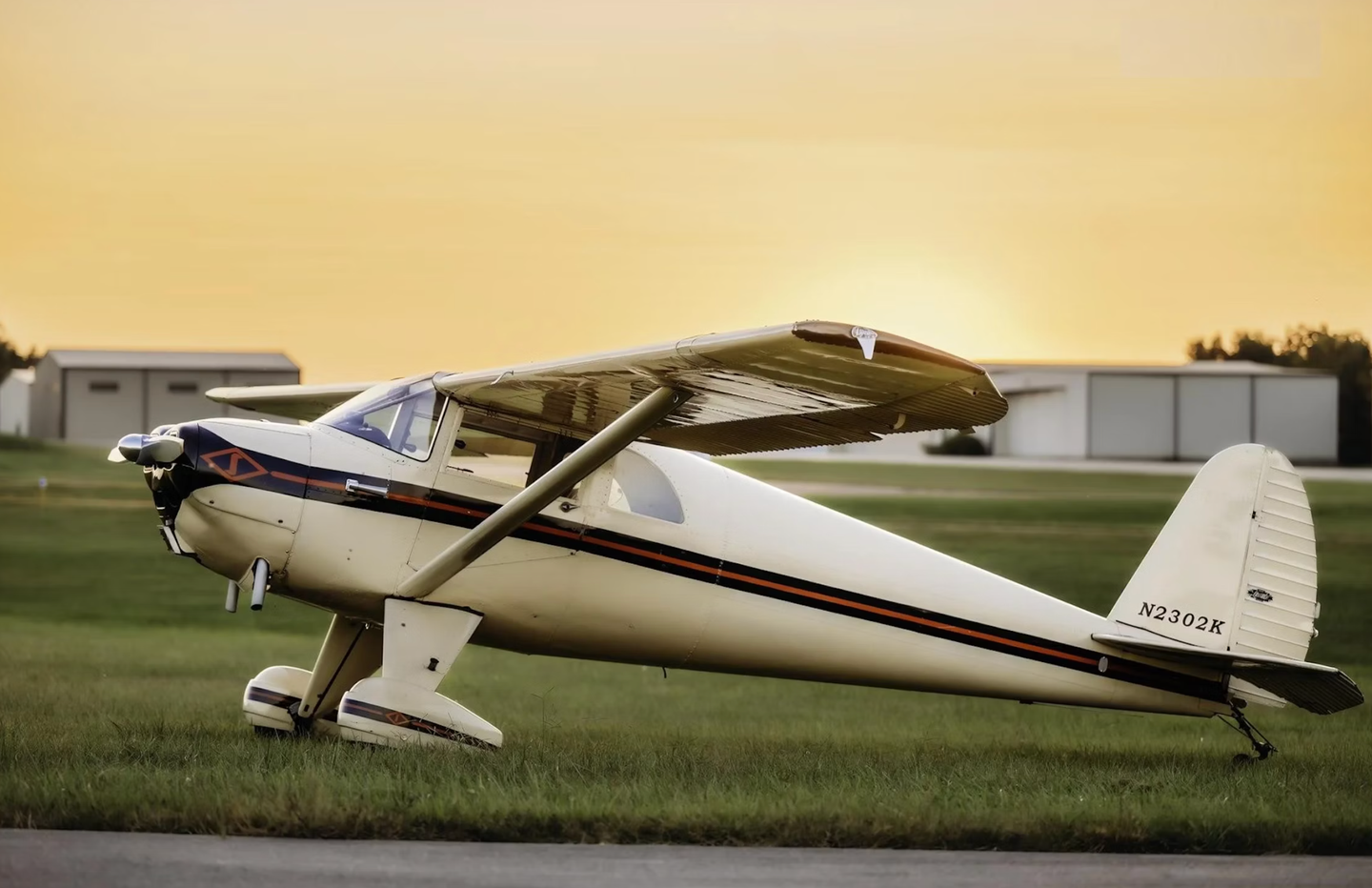
Subscribe to Our Newsletter
Get the latest Plane & Pilot Magazine stories delivered directly to your inbox

